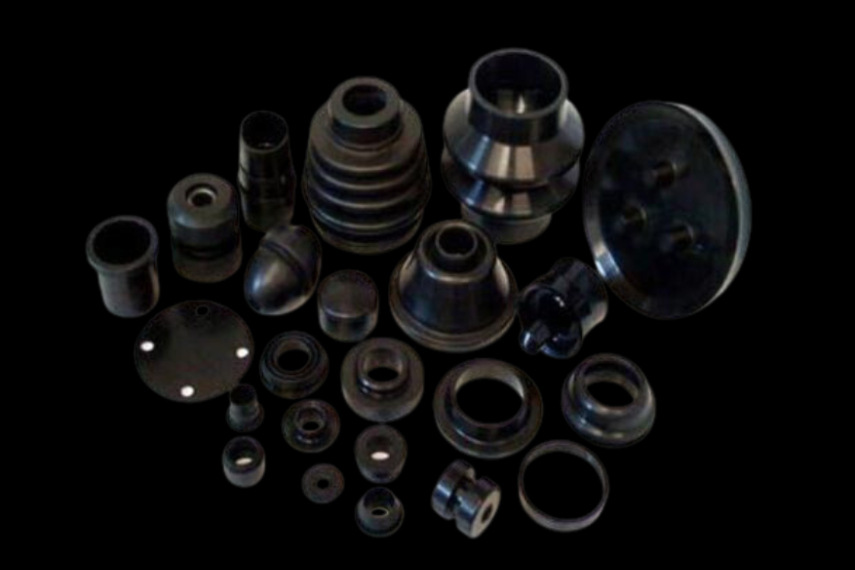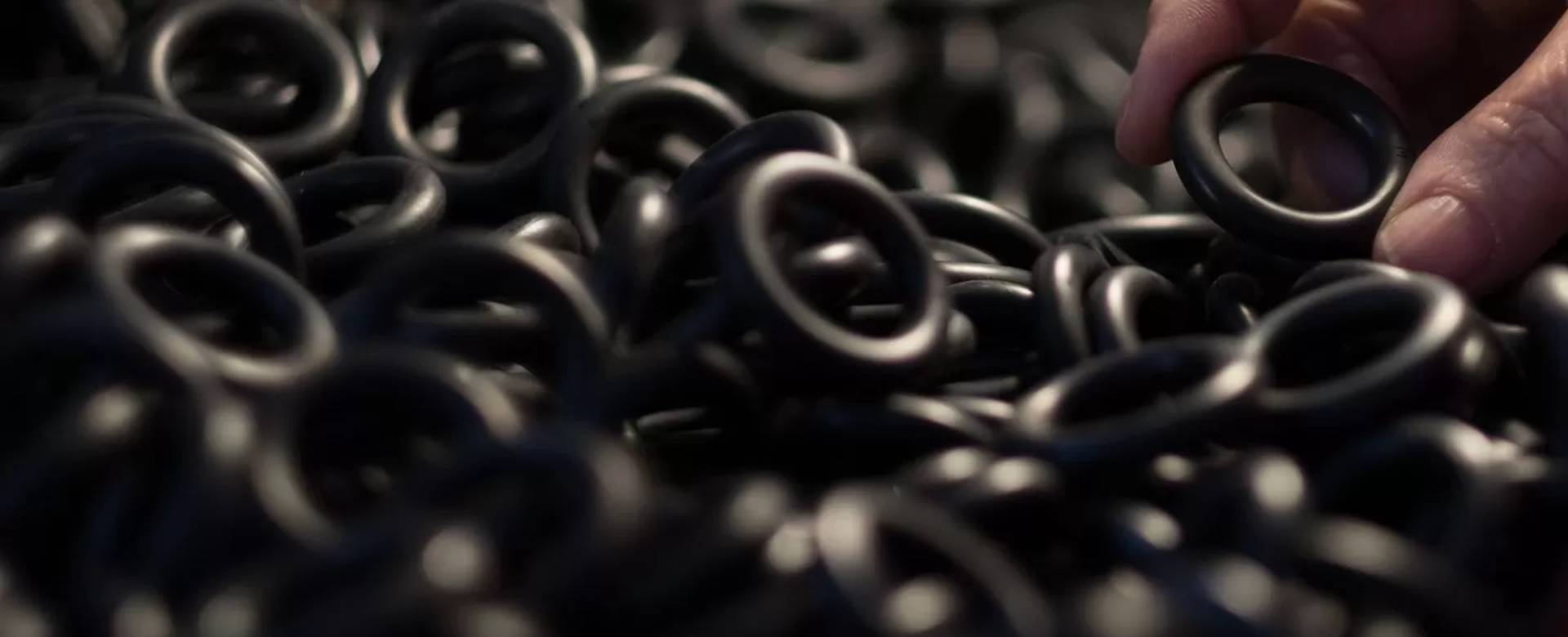
Rubber Extrusion: Streamlined Manufacturing for Custom Rubber Products
Boost Efficiency and Quality with Rubber Extrusion | Customized Rubber Solutions
Rubber extrusion is a process that is used to create a wide variety of rubber products. In simple terms, it involves pushing rubber through a die to form a desired shape. This process is cost-effective method for manufacturing rubber products. Rubber extrusion is a safe and efficient process when it is conducted properly. However, there are some safety precautions that must be taken to avoid injury. These include using the correct type of rubber for the application, maintaining the equipment in good working order, and wearing protective gear, such as gloves and eye protection.
Types of Rubber Extrusion
Rubber Extrusion comes in various types that cater to different requirements. ‘Cold Extrusion’ uses room temperature to shape the rubber, while ‘Hot Extrusion’ uses heat, both at intimidating levels, of course. On the other hand, if you're wondering what extrusion might be essential for your electrical wires, you might find Wire and Cable Extrusion being the perfect fit. Co-extrusion, simultaneously blending multiple rubbers into a singular profile, offers an entirely new range of possibilities.
It's incredible how diverse the application of Rubber Extrusion is. From industrial to personal, it has become an integral part of our lives. So, whether you need rubber for building construction or fancy an efficient drainage system, Rubber Extrusions are there at your service!
Rubber Extrusion Process
Rubber extrusion process involves four key stages: raw materials, mixing and feeding, extrusion process steps, and curing and vulcanizing.
Raw materials are an essential component of the rubber extrusion process. They can include natural and synthetic rubbers, fillers, processing aids, curing agents, and pigments. These materials must be mixed to achieve a uniform consistency before being fed into the extruder.
During the mixing and feeding stage, the rubber compounds are melted and blended with the raw materials. The mixture then passes through the screw of the extruder, where it is compressed and heated to a temperature above the melting point of the rubber. The extrusion process steps involve feeding the molten rubber into the die, which determines the final shape of the product. The rubber is forced through the die, where it is cooled and solidified into its final shape. Finally, the curing and vulcanizing stage involves treating the extruded rubber product with heat and pressure to improve its physical properties. This helps to increase its strength, durability, and resistance to degradation.
- Widely used in Sealing Techniques
- Extreme Weather Conditions (-40°C to 120°C)
- Noise cancellation
- Eliminates vibration


Advantages of Rubber Extrusion
Rubber extrusion is a great way to produce high-quality rubber products. Let's take a look at some of the advantages of rubber extrusion.
First and foremost, rubber extrusion is a cost-effective method of production. This is because it allows for the creation of complex shapes without the need for expensive molds or tooling. In addition, rubber extrusion is highly versatile and can be used to produce a wide range of products.
One of the biggest advantages of rubber extrusion is its ability to produce complex shapes. This is because rubber is a highly flexible material that can be easily manipulated during the extrusion process. As a result, it is possible to create products that would be difficult or impossible to produce with other manufacturing methods.
Finally, rubber extrusion is highly efficient. This is because large quantities of product can be produced quickly and easily. In addition, the extrusion process is highly repeatable, which ensures consistent quality from batch to batch.
Rubber Extrusion Applications
Rubber extrusion finds numerous applications in various industries, including the automotive industry, building and construction, medical industry, and sports and leisure. In the automotive industry, it is used for manufacturing automotive seals, gaskets, and hoses. Rubber extrusion is also used for making weatherstripping, seals, and gaskets for building and construction applications.
In the medical industry, it is used to manufacture catheters, syringe tips, and other medical equipment. Sports and leisure applications of rubber extrusion include the production of rubber grips, mats, and shock absorption systems.
Rubber extrusion is a versatile process that can produce a wide range of rubber products. The process allows manufacturers to produce complex shapes with minimal waste, making it highly efficient and cost-effective. However, certain elastomers may not be suitable for extrusion, and the process requires specialized equipment, which may not be suitable for small-scale production.

